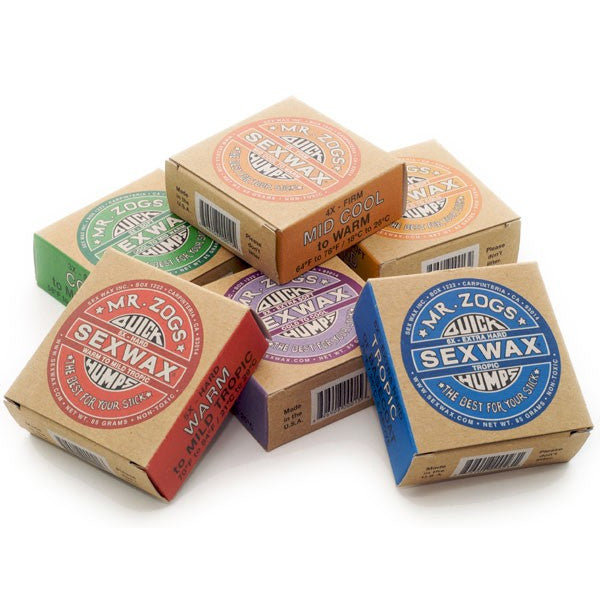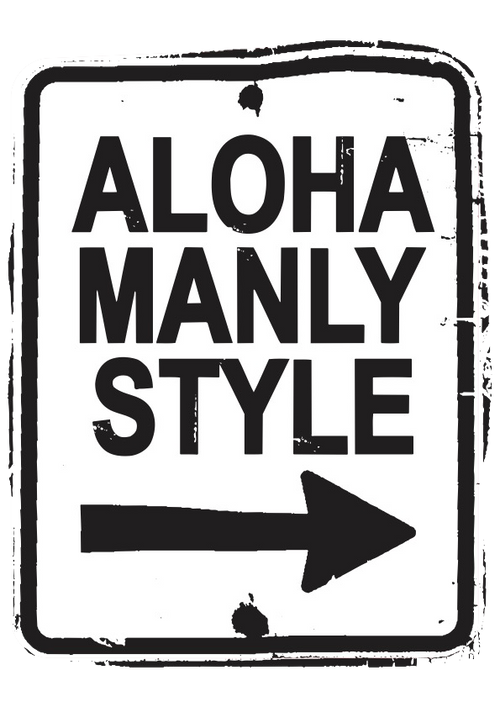Aloha Surf Manly’s Guide to Choosing Your First Surfboard: A Beginner's Guide
Venturing into the world of surfing is a thrilling experience. The allure of the waves, the serenity of the ocean, and the adrenaline rush when you catch your first wave are truly unmatched. However, before you can conquer those waves, the pivotal first step is selecting the right surfboard. The vast array of options can be daunting, but fret not. Here's a beginner-friendly guide to help you navigate the surfboard market and ensure your first purchase is a worthy one.
- Understand Surfboard Types
There are numerous surfboard types tailored to different skill levels and wave conditions. The main types include:
- Longboards: These are long, wide, and have a rounded nose. Great for beginners due to their stability.
- Shortboards: Agile and lightweight, best for surfers looking to perform tricks or tackle big waves.
- Funboards: A middle ground between longboards and shortboards, offering both stability and manoeuverability.
- Consider Your Skill Level
For beginners, a soft top surfboard is often recommended. These boards are soft on the top, which makes them more forgiving to falls. They are perfect for learning the basics without compromising on safety.
- Board Length Matters
Your height and weight significantly influence the right surfboard size. Typically, if you're just starting:
- Taller and heavier individuals might prefer longer boards for increased stability.
- Shorter individuals can opt for slightly shorter boards, allowing for better control.
- Factor in the Wave Conditions
The kind of waves at your local beach or your chosen surfing destination plays a role in your decision. Smaller, mushier waves are better suited for longboards, while powerful, steep waves demand the agility of a shortboard.
- Budget
Like any sport, surfing can range from budget-friendly to premium. Determine a budget before diving into the market. Remember, while it's essential to get a board that suits your needs, there's no need to splurge on the most expensive board right away however, we urge you to think of what’s good for our planet. A good quality learner board can be traded back when you’re ready to upgrade.
- Seek Expert Advice
Pop into a local surf shop (we recommend ALOHA SURF MANLY of course) and chat with seasoned surfers or shop owners. Their years of experience and knowledge about the latest surfboard trends can be invaluable. They can also offer insights on trusted surfboard brands to consider.
- Remember the Accessories
Once you've zeroed in on your ideal surfboard, don't forget the necessary accessories. Surfboard fins, leashes, and surf wax are just a few essentials to ensure a safe and enjoyable surfing experience.
Conclusion
Selecting your first surfboard is a journey, one filled with excitement and learning. By factoring in your skill level, understanding the different surfboard types, and considering your local wave conditions, you're well on your way to making an informed decision. Most importantly, seek advice from those in the know.
Here's to many adventures and the joy of riding your first wave!


